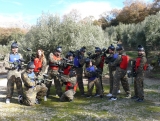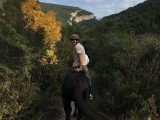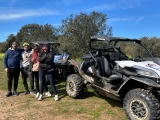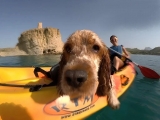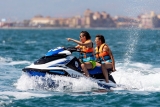The Picos de Europa mountains earned their name as they were the first peaks spotted by sailors approaching Europe's coastline. Within them lie breathtaking landscapes that form the most popular routes for mountaineers. The Cares Route, situated between the Cornión and Urrieles massifs, is the most famous. Faced with such allure, we couldn't resist embarking on this new adventure to explore both the heart of the gorge and its surroundings.

But first, let's introduce you to the defining features of this area, so you can familiarise yourself and prepare before your journey.
- Climate. The Picos de Europa are predominantly rocky, with limestone formations dating back to the Carboniferous period. Evidence of past glacial activity is also present, resulting in deep depressions, channels, and craters.
- Geography. The altitude dictates the climate, with colder temperatures and increased rainfall at higher elevations. Perpetual snow covers some shaded summits. The weather is unstable due to the proximity to the sea. In winter, snow blankets nearly everything, rendering many areas inaccessible.
- Wildlife. The entire Cantabrian range shares common fauna, with the chamois being the most iconic species alongside roe deer. Other notable animals include badgers, genets, pine martens, wildcats, capercaillies, and, of course, bears and wolves—though the latter are scarce.
- Flora. The Picos de Europa boast lush vegetation, with vast forests—especially beechwoods—covering much of the terrain. The central massif is less vegetated. Key species include chestnuts, ash trees, oaks, and hazels, intertwined with lichens and mosses.
Our route begins at the Church of Santo Toribio de Liébana, a hermitage blending various architectural styles and eras. But it's not this diversity that draws thousands every five years. Since 1512, the church has housed the 







